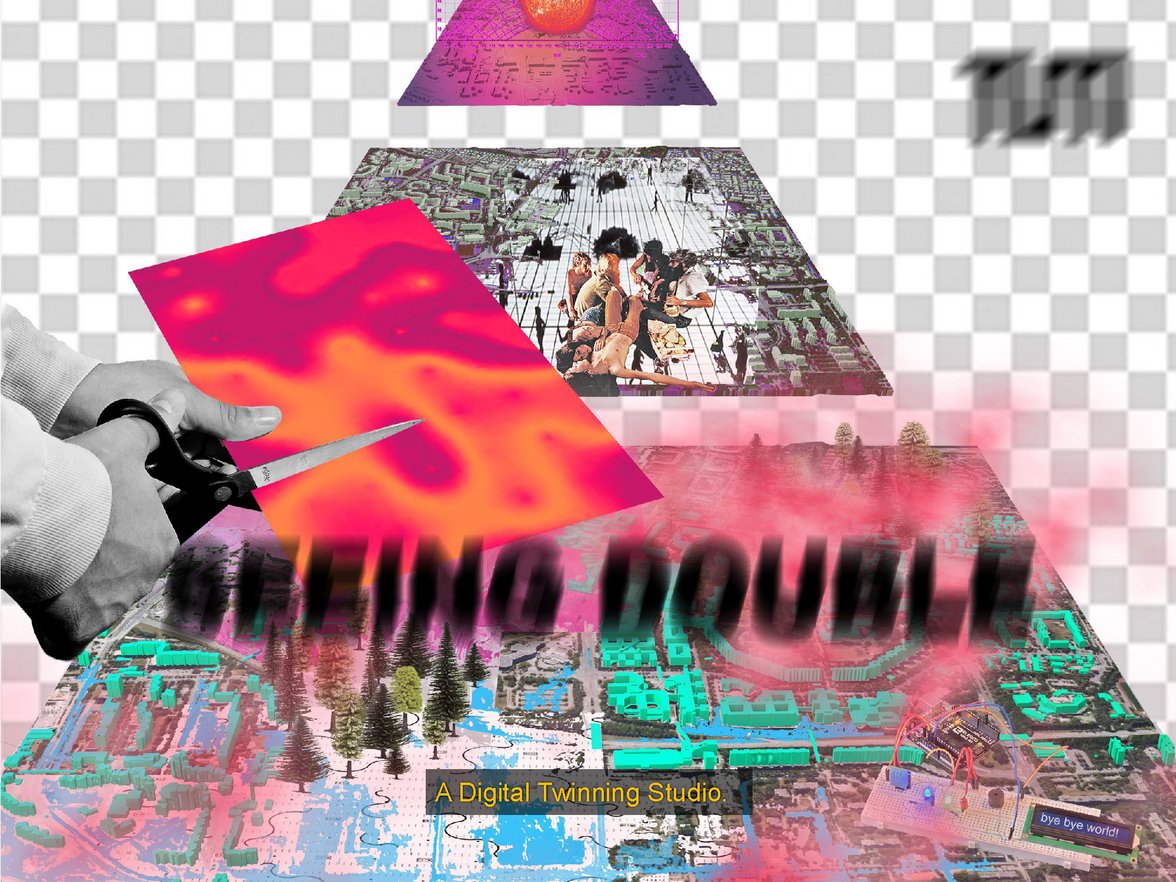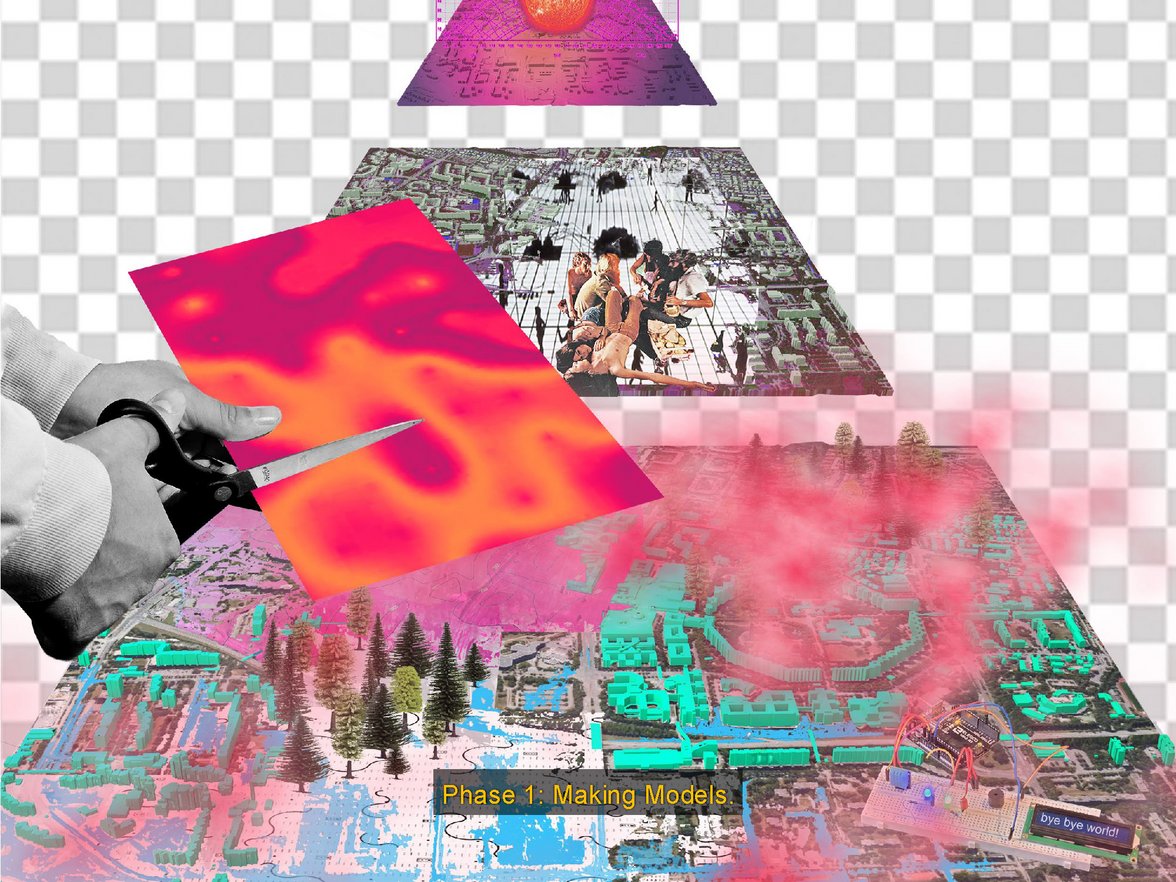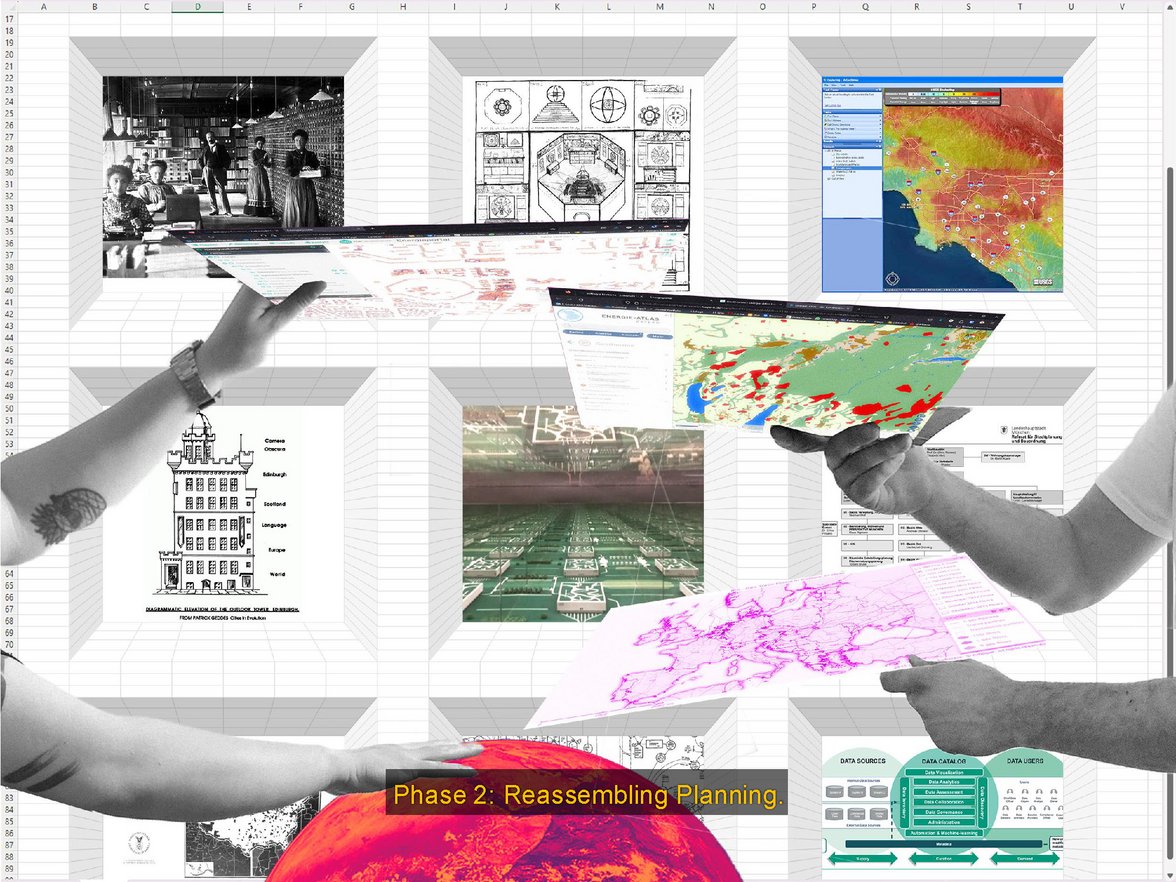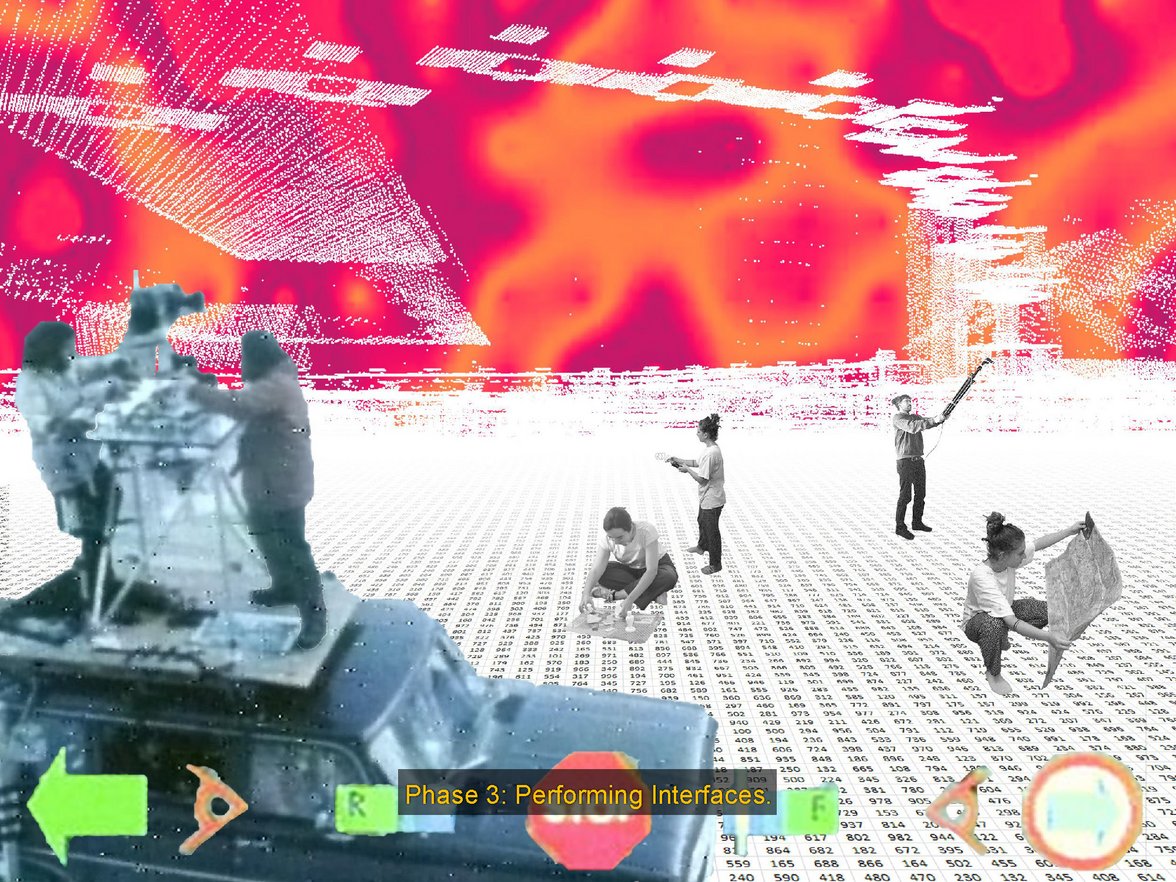Seeing Double: A Digital Twinning Studio
Project in Summer 2025
The last years witnessed a proliferation of Digital Twins. Everything appears in doubles: machines, human bodies, planets and even urban space. By now, every medium-sized German city seems to work on its own virtual doppelgänger. Science Fiction has become ordinary. Commonly, these digitization initiatives comprise a diversity of models, as well as simulations and analyses for urban planning. VR goggles and map viewers constitute the twin’s public “face”. Yet twinning precedes today’s digital technologies - double cities have always accompanied architecture and urban planning. The frescoes in Sienna’s Palazzo Publico present the duality of good and bad government... the city’s virtuous and evil doppelgänger. 1:1 maps and twin-like models are a long-lasting dream of rulers and planners. The first miniature of Munich dates back to the 16th century. It is a strange stretch between obsessive accuracy and idealistic fiction. Today, it has become harder to draw the line between the city and its representation, between data and simulation, narrative and number... red pill and blue pill. At the same time, virtual models show us a glimpse of realities that are invisible (yet). Disasters, floods, and heat islands devastate cities in computer games and urban simulations. We watch with fatal pleasure…
With this studio, we want to appropriate digital twinning as an architectural skill, a critical and imaginative perspective towards digital planning media. Yet, we remain suspicious of binaries. Or, to put it in Donna Haraway’s words: “One is too few, but two are too many.” Architecture theorist Keller Easterling suggests examining the world with half-closed eyes to grasp its underlying patterns. Seeing double is a more psychedelic approach to urban design, allowing us to hallucinate twinned cities, mirror worlds, and multiple spaces.
Phase 1: Making Models:
Architectural model-making becomes an experimental and material approach to twinning. We assemble spatial collages to explore concrete places and complex urban issues like heat and energy. Mappings entwine physical and virtual urban spaces situated experience, and numeric data.
Phase 2: Reassembling Planning:
We explore alternative planning perspectives and design tools, that twinning allows for. Model-making becomes world-building. Not quite utopia nor dystopia, but staying with the trouble in between.
Phase 3: Performing Interfaces:
Finally, we will look into interfaces to materialize modeled worlds. Interfaces are not limited to screens and mobile phone applications. Instead, we look for performances and experimental media, to materialize our visions.
Thus, during the semester we will: discuss critical perspectives on data and urban models, watch Sci-fi movies and historical city miniatures and play with architectural and artistic approaches towards digital technologies. We will learn about programming, computer game engines, and Mixed Reality and materialize our visions as working prototypes.




